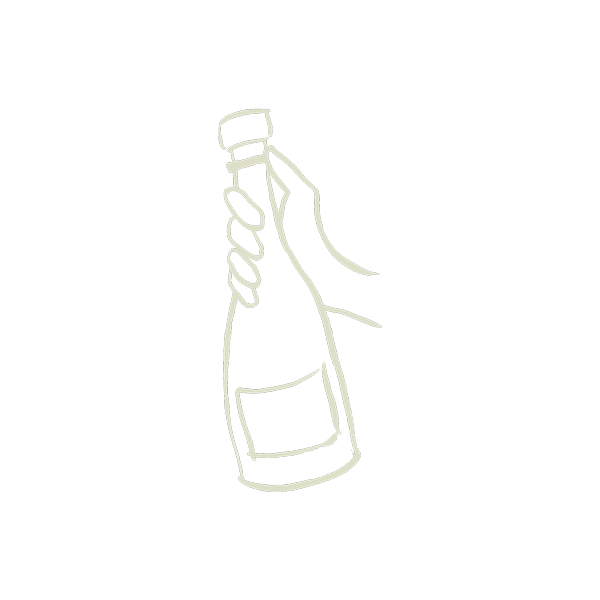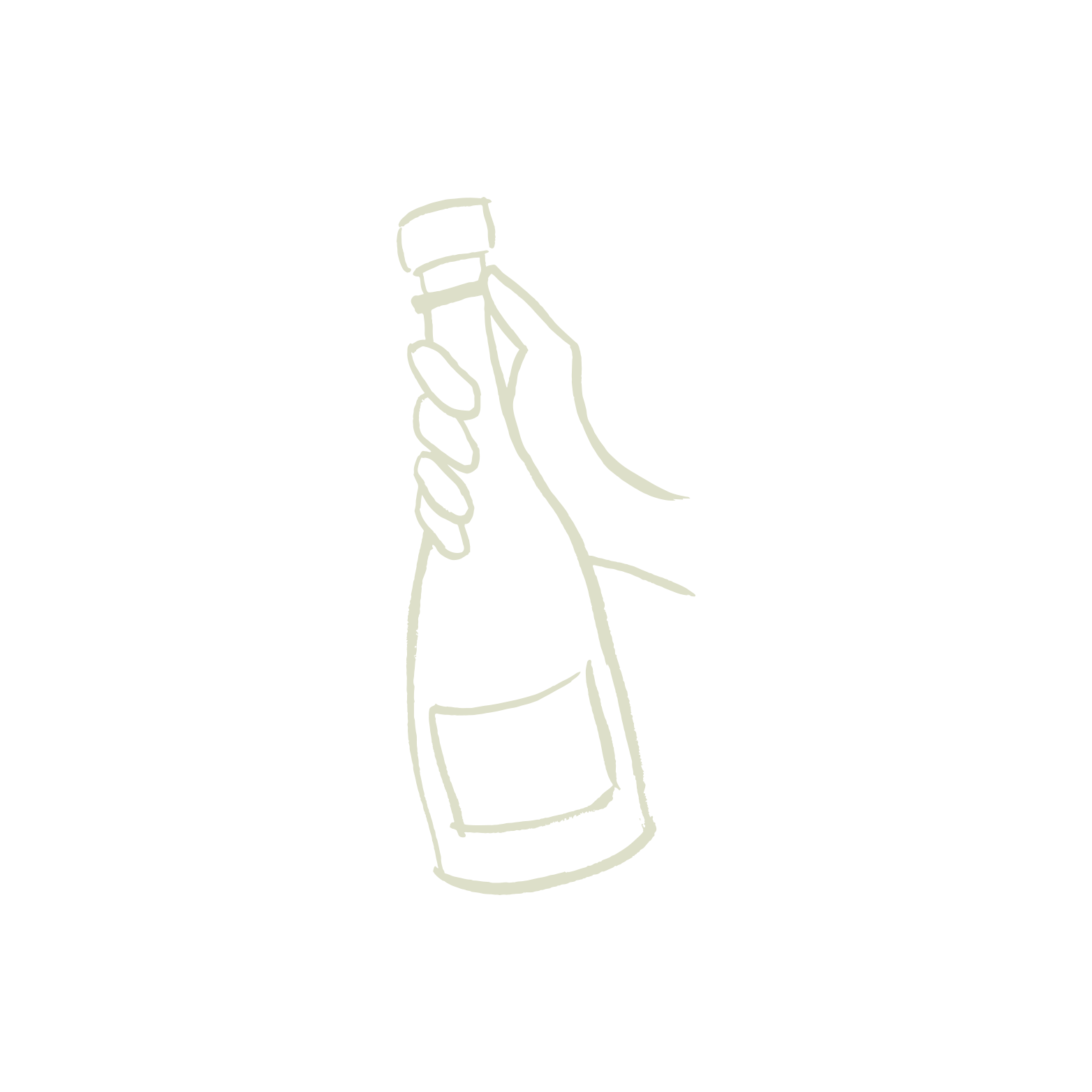Champagne X the Olympics
The strange-but-true story of how Champagne changed the Games
The 2024 Paris Olympics marathon has all the makings to become one of the most exciting races in history. Drawing an impressive lineup of the best long-distance runners in the world, the spectacular yet demanding course runs from Hôtel de Ville in the city center to Versailles back to the left bank’s Espalande des Invalides. The loop will cover all of Paris’ greatest hits, and given that it’s scheduled for August 11-12, it’s going to be hot.

Thankfully, Paris is prepared. ln addition to refueling at designated drinking stations every 5 km, many athletes will take advantage of personal refreshment stands placed strategically along the route. Stocked with their preferred energy-packed snacks, gels and drinks, alcohol is not likely to be among the offerings. But that has not always been the case, and like every good “gotcha” moment, there’s photographic proof during another thrilling race.
In a now famous photo finish during the 1908 Olympics in London, a short Italian man in red shorts stumbled across the finish line, a cork gripped tightly in his sweaty fist. As was the practice in those days, the apparent victor presumably used the hollowed out cork as both a tool to relieve hand strain and as shot glass for a special energy drink consisting of … Champagne.

Long before now debunked studies touted red wine as a way to reduce risk for cardiovascular disease and diabetes, 18th century physicians, surgeons and apothecaries believed in the health benefits of wine and distilled spirits. They used alcohol to treat colds and fever and to sedate women during childbirth. Doctors also used alcohol, along with opium, as a painkiller during surgery.
During the 19th century, public interest in long-distance running was on the rise, and as spectators celebrated their favorite athletes from the sidelines, the athletes themselves drank Champagne and brandy to boost their endurance. Champagne, in particular, was revered for both its effectiveness as a stimulant and for its restorative effects on the body and stomach. By the early 20th century, it was common practice for endurance athletes, including Olympians, to imbibe before, during and after their races.
The 1908 Olympics were no exception, and in the days leading up to the race, marathoners from around the world prepared their supplies of Champagne to propel them past the finish line. Looking for the competitive edge, many of them mixed their bubbles and brandy with more dangerous ingredients such as cocaine, heroin and strychnine, a highly toxic poison that can have a stimulant effect in low doses. These questionable energy drinks paired with sweltering heat and hazardous course conditions made for a race that went down in history. Here’s what happened:

Fresh off his Boston Marathon win, Canada’s Tom Longboat was the favorite to win Olympic gold in London that year. In second place at mile 17, he swigged some Champagne for an energy boost but collapsed two miles later and was unable to complete the race. With Longboat out of the competition, victory was all but guaranteed for Charles Hefferon of South Africa. In the lead, he accepted a sip of Champagne two miles from the finish line, but what was meant to give him a boost caused him severe stomach cramps instead, and Hefferon began to struggle. With Heffron clearly in crisis, the Italian Dorando Pietri, picked up the pace. Exhausted, dehydrated and, very likely, feeling the effects of his various alcoholic energy elixirs, Pietri staggered his way into the marathon’s final stretch, collapsing multiple times but getting back up again with the support of his trainers. He eventually made it past the finish line, gripping tightly onto that cork and assisted by doctors out of concern for his fragile state while the crowd of spectators went wild.

Pietri’s victory was short-lived. The second-place finisher, American Johnny Hayes lodged a complaint with marathon officials, citing the help Pietri received to finish the race. The officials agreed, and Pietri was disqualified. In the end, Hayes was awarded the gold and Heffron took silver, while another American, Joseph Forshaw, received bronze. After the medal ceremony, both Hayes and Forshaw credited their wins to a mid-race refuel with brandy.

Though the chaos of 1908 makes for a great story, we’re thankful that, today, medical science prevails. Good luck to our favorites, Team USA and Team France, and a word to the wise: Save your bubbles for after the race!

